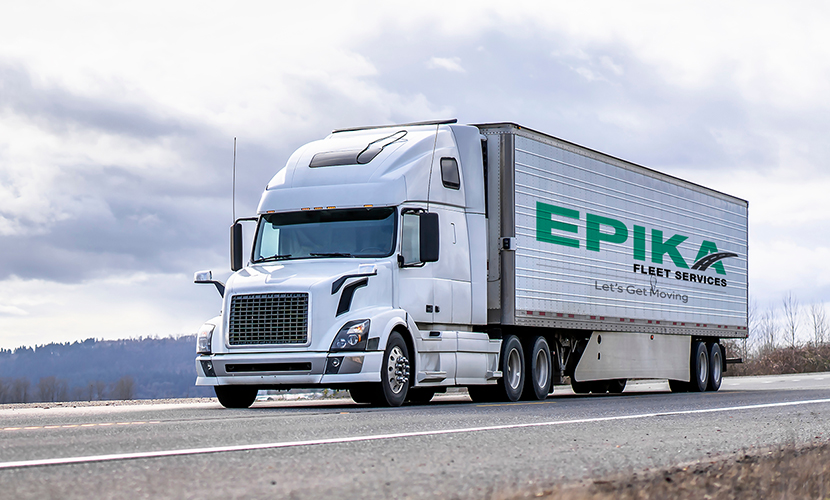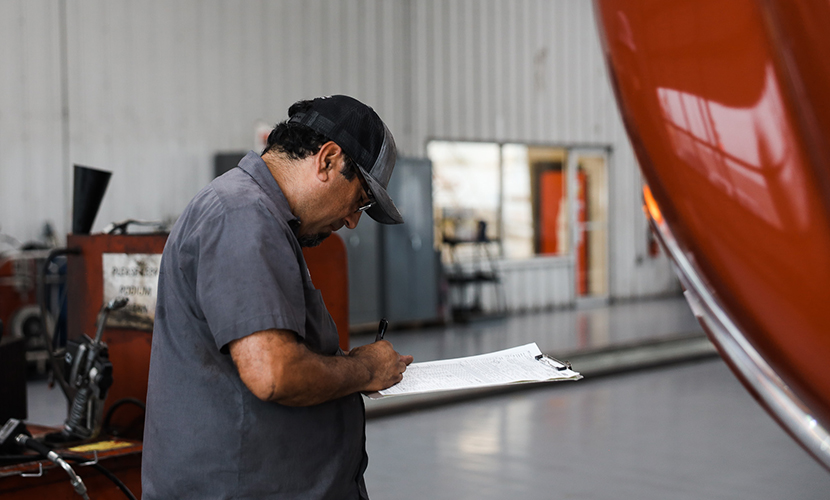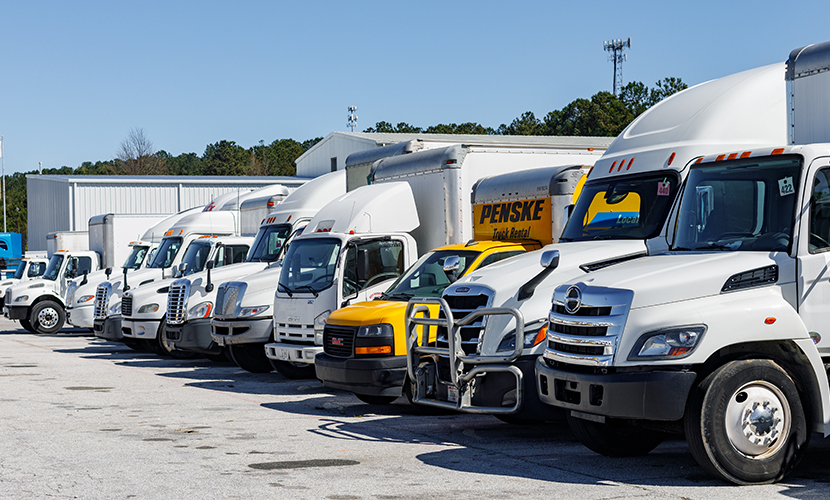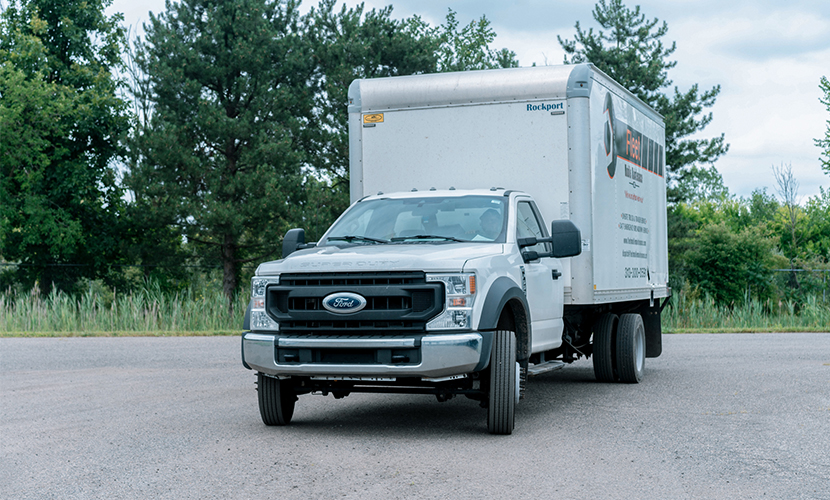The Current and Upcoming Regulations on Fleet Management
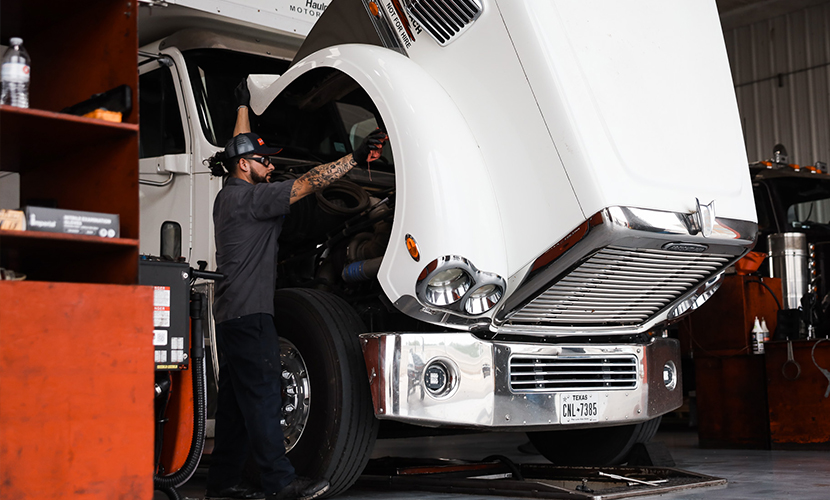
Operating a commercial fleet is no easy task. From ongoing maintenance to logistics to dispatch and location tracking, there’s a seemingly never-ending number of details that need to be monitored and handled appropriately to avoid disaster.
As if all of that wasn’t enough, there’s always the government here to step in and add more burden to the pile. Regulations are important, of course – they generally revolve around safety and broad concerns like environmental impact that companies on their own often ignore – but that doesn’t mean it’s easy or that you have to like it.
Managing a commercial fleet means paying attention to laws, regulations, and ordinances that govern what you can and can’t do. These include everything from laws about drug testing for drivers to regulations on working hours to controls over emissions and vehicle maintenance. There’s a lot to know.
Moreover, it’s never static. These regulations tend to change every few years, and the direction they change is often determined by which political party is in control of the national government.
How Important is Regulatory Compliance?
Complying with regulatory instructions is a matter of money, but more than that, it’s a matter of safety. Regulations exist to enforce safe behavior, safe operations, safe vehicles, and a safe environment. But it’s not just about the world around us; it’s about our drivers. Regulations on behaviors (and on companies that would put policies in place to pressure drivers if not prevented) help prevent injuries, collisions, distracted driving, and more. Safer drivers are happier drivers, and happier drivers are better drivers.
So, while violating regulations can result in fines and other penalties, following those regulations helps increase efficiency, employee safety and retention, overall engagement and satisfaction, and more. While the “ulterior motives” of the regulations vary, the outcomes tend to be beneficial, even if they may not feel like it initially.
Some regulations are hoops to jump through. Some are annoyances that don’t seem like they impact anyone day-to-day. Others seem like nothing more than unnecessary expenses. Some are a matter of life and death.
Luckily, if anything, fleet managers are more in tune with regulations than ever before, and an increasing number are proactively looking for information about them. Increasing regulatory awareness is a top priority for 42% of fleet managers, according to recent surveys. Other findings are heartening:
“The number of fleet managers prioritizing the safe and correct operation of specific vehicle types by their drivers has increased by 39% compared to 2022.
- The importance of quickly identifying vehicle or trailer damage or non-compliance has risen by 24% from last year.
- There has been a 13% increase in the value placed on having all driver files consolidated in one place, enabling fleet managers to demonstrate compliance easily.”
Companies prioritizing regulatory compliance – especially in the realms of safety and security for drivers – tend to have more positive responses from drivers and other employees, which cascades into safer operations, more effective and happier employees, and more efficient operations.
Upcoming Regulations on Fleet Management
The tricky part of covering upcoming regulations on fleet management is how things change and how often they change in advance of other changes even taking effect.
For example, the year is 2023, nearing its end, yet current concerns surrounding emissions are putting rules in place for new model year trucks being manufactured. Except, it’s not for 2024s trucks, which have been available for some time now already. It’s not even for 2025 trucks; it’s still on the horizon for a little more money.
No, current EPA standards and rules – including a 1,100-page comprehensive rulebook – are targeting the 2027 year for fleet vehicles. Emissions are always a long-term concern, so forward-looking attention is warranted.
“We estimate that the final rule will reduce [NOx] emissions from heavy-duty vehicles in 2040 by more than 40%; by 2045, a year by which most of the regulated fleet will have turned over, heavy-duty NOX emissions will be almost 50% lower than they would have been without this action.” – Fleet Owner
Even the most militant climate activists can recognize that there’s a delay between the recognition of needed improvements and the implementation of those improvements, and the EPA is still largely conservative in their efforts, even if the numbers may not seem like it.
One of the greatest challenges that fleet managers face when it comes to national regulations is how often legislation is bundled together. A single clause in a most unrelated bill can nevertheless have dramatic ripples throughout other industries.
Currently, the next big bipartisan bill coming down the pipe is the next farm bill. While it’s always difficult to predict what will and what won’t make it through, it’s certainly a bill worth paying attention to. It’s even more relevant if you’re a fleet manager operating in the agricultural space.
Other regulations to watch out for include the following.
1. Increasing Incentives For Low-Emission Trucks
Environmental concerns are a large part of the impetus for many current regulations. In addition to the above-mentioned EPA guidance on 2027 models, there are IRS guidelines in the Inflation Reduction Act that offer bonus incentives for alternative fuel vehicles. Fleets purchasing non-diesel and non-gasoline commercial vehicles can be eligible for up to $40,000 in tax credits per vehicle. This is great news for any fleet currently facing turnover in vehicles; retiring older vehicles and investing in zero-emission vehicles is a better proposition than ever.
Note that the tax credits apply per vehicle, and there are two categories. Known as the Commercial Clean Vehicle Credit, here are the IRS rules:
“Businesses and tax-exempt organizations that buy a qualified commercial clean vehicle may qualify for a clean vehicle tax credit of up to $40,000 under Internal Revenue Code (IRC) 45W. The credit equals the lesser of:
- 15% of your basis in the vehicle (30% if the vehicle is not powered by gas or diesel)
- The incremental cost of the vehicle
The maximum credit is $7,500 for qualified vehicles with gross vehicle weight ratings (GVWRs) of under 14,000 pounds and $40,000 for all other vehicles.”
Nothing is ever simple, so there are rules both about which businesses can qualify to claim the credit and what kinds of vehicles can qualify to claim the credit, both of which can be found on the above-linked IRS page.
2. Further Rollout of the FMCSA Drug & Alcohol Clearinghouse
The Federal Motor Carrier Safety Administration, several years ago, began the creation and adoption of the Drug and Alcohol Clearinghouse. The Clearinghouse is a centralized database of CDL holders and employers. It serves as a place to look up information about citations for drug and alcohol violations from drivers. Drivers caught violating clean driving rules are put on return-to-duty status, which prevents them from legally driving until they pass various counseling and tests, which can stretch from months to years.
What this does is allow for a centralized and trusted source of information for violations, eliminating the need for fleet managers to query past employers or drivers directly about their histories (and providing a means to verify the truth of statements made.)
To date, nearly 90,000 drivers have been censured but have not completed their courses, meaning they’re either driving illegally or have given up commercial driving. That represents a significant increase in safety across the board.
Further developments in the near future include proactive notifications; any company that has looked up a driver in the past year will get a notification if that driver receives a new updated status (positive or negative) rather than needing to periodically check again.
One caveat here is that the Clearinghouse has not yet accepted the Trucking Alliance’s push to include hair testing as part of their informational dataset. Despite broad support, it turns out, it’s not up to the FMCSA; the Department of Health and Human Services needs to make that ruling, which they’re expected to do by the end of the year.
“Only results obtained via urinalysis are accepted into the Clearinghouse, though the DOT also has sanctioned oral fluid testing. The efficacy and fairness of hair testing have been debated for years, and major stakeholders such as the Trucking Alliance and the Owner-Operator Independent Drivers Association have drawn battle lines over the issue, with studies favoring one viewpoint or another.” – Fleet Maintenance.
3. Battles Over Independent Contractor Status
One of the biggest recent battlegrounds in employment has been the increasing fight surrounding independent contracting.
To summarize, independent contractors are afforded less in the way of benefits, support, or investment from companies; they typically have to cover their own taxes, don’t get benefits like company healthcare or 401(k) matching, and have much less protection from wrongful termination.
Ostensibly, being an independent contractor affords the contractor certain liberties, like the option to work for many companies at their leisure, to demand pay rates they can justify, and to set their own hours. Realistically, though, companies still hold all the power, and a driver making demands outside the norm can simply be ignored in favor of more desperate drivers who lack the opportunity to resist being exploited.
Over the last two decades, more and more industries have been shifting – or “being disrupted” – to or through the use of independent contractors instead of employees. Everything from taxis being overrun by Uber to fleet companies shifting from employed drivers to contracted drivers has been growing over time.
Trump-era regulations shifted the battleground and made it easier to classify certain groups of workers as contractors. Biden has attempted to roll it back, to no avail, but the Department of Labor is looking into more balancing of the factors involved to promote worker rights and provide more consistency throughout industries.
This is a fight with no clear end in sight, so it’s something that many fleet managers need to keep an eye on as it shakes out.
4. Examining the Use of Speed Governors
Another proposal currently under scrutiny is the use of electronic control units to restrict the speeds of trucks on highways. Proponents claim that slower speeds increase reaction leeway, result in fewer collisions and less grievous injuries in the collisions that happen, and result in overall safer highways. Conversely, opponents point to increased driver frustration (from truck drivers as well as from passenger vehicles) leading to more reckless driving, increased collisions, and generally unsafe conditions.
While many fleets currently already use speed governors to regulate the speeds of their fleets, the idea of national laws restricting speeds in a one-size-fits-all solution is one that sees a lot of resistance from both sides. Conditions vary; so too should the restrictions and policies across the nation. Of course, this complexity never makes it easy for fleet managers, particularly those operating nationally.
Looking to the Future
Truthfully, nothing is ever certain in fleet management and commercial trucking. Whether it’s different administrations doing battle over repealing previous regulations, the push-and-pull of interests on both sides of an issue, or just the slow, often plodding nature of how these things move through the government, the best any of us can do is keep aware of what impacts fleets and logistics.
The best advice we can give is to be as proactive as possible, with an eye towards social, environmental, and economic concerns. There’s an ever-growing amount of attention paid to climate and environmental impact, for example, so this may make it more sensible to replace aging vehicles than to keep repairing them, particularly when tax credits are involved.
Whether it’s cybersecurity concerns, maintenance concerns, fleet management concerns, or anything else, we here at Epika are your national partners. Whether you have limited regional areas of operation and need a place to go for ongoing maintenance, or you’re operating nationally and need to know there’s always going to be a place to visit for emergencies, we’re here for you. Our extensive set of brand partnerships ensures there’s always some location nearby to provide what you need.
Do right by your drivers, let us help keep your vehicles in tip-top shape, and you’ll be well-positioned to endure any regulatory change without undue hardship.

